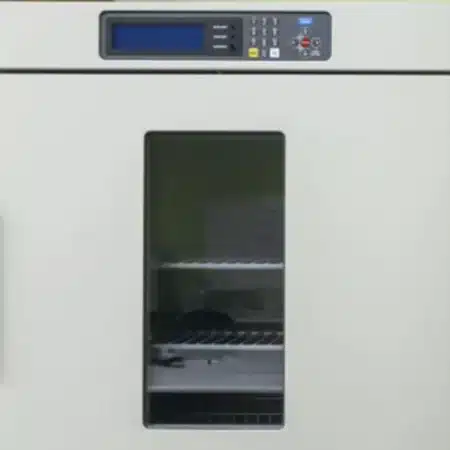Fitbit has long been a trusted name in the world of wearable fitness trackers, helping millions of people stay active and monitor their health.
In an exciting development, Fitbit has introduced a groundbreaking feature: blood pressure tracking. This new capability allows users to conveniently monitor their blood pressure levels on their wrists, empowering them to take proactive steps towards better health.
In this article, we’ll explore Fitbit’s blood pressure tracking feature and how it can contribute to a healthier and more informed lifestyle.
Understanding Blood Pressure:
Before we delve into Fitbit’s blood pressure tracking feature, let’s quickly understand what blood pressure is. Blood pressure refers to the force exerted by blood against the walls of your arteries as your heart pumps it through your body.
It is typically measured in millimeters of mercury (mmHg) and recorded as two numbers: systolic pressure over diastolic pressure (e.g., 120/80 mmHg).
READ ALSO: Apple Music Not Working on Alexa in 2022: Troubleshooting Guide
Introducing Fitbit’s Blood Pressure Tracking:
Fitbit’s blood pressure tracking feature utilizes advanced sensor technology and algorithms to estimate blood pressure levels. It aims to provide users with a convenient way to monitor their blood pressure trends over time and gain valuable insights into their cardiovascular health.
How It Works:
To use the blood pressure tracking feature on your Fitbit device, follow these steps:
Ensure Compatibility:
Currently, Fitbit’s blood pressure tracking feature is available on select Fitbit devices. Check the official Fitbit website or consult the device documentation to confirm if your Fitbit model supports blood pressure tracking.
Wear the Device Correctly:
For accurate blood pressure measurements, it’s crucial to wear your Fitbit device correctly. Make sure it fits snugly on your wrist, aligning with the back of your hand.
Open the Fitbit App:
Launch the Fitbit app on your smartphone and navigate to the dashboard.
Access the Blood Pressure Tracking Feature:
Look for the blood pressure tracking feature within the Fitbit app. Depending on your device and app version, it may be labeled as “Blood Pressure,” “Heart Health,” or something similar.
Follow the Prompts:
Follow the on-screen instructions to initiate a blood pressure reading. Typically, you’ll be prompted to keep your arm still and at heart level while the device measures your blood pressure.
Review the Results:
Once the measurement is complete, your Fitbit device will display the estimated blood pressure reading. The results will also be synchronized with the Fitbit app, allowing you to review historical data, trends, and insights related to your blood pressure levels.
Note: Fitbit’s blood pressure tracking feature is designed to provide estimates and trends, but it may not be as accurate as traditional blood pressure monitors used in medical settings. It’s always advisable to consult with a healthcare professional for clinical blood pressure measurements and medical advice.
Benefits of Fitbit’s Blood Pressure Tracking:
Fitbit’s blood pressure tracking feature offers several advantages:
- Convenient Monitoring: With blood pressure tracking on your wrist, you can monitor your levels throughout the day without the need for additional devices or appointments.
- Awareness and Insights: By regularly tracking your blood pressure, you can gain a better understanding of your cardiovascular health and identify patterns or trends that may require attention or lifestyle adjustments.
- Personalized Goals: Fitbit’s app can provide personalized recommendations based on your blood pressure data, helping you set achievable goals for improving your cardiovascular well-being.
Conclusion:
Fitbit’s blood pressure tracking feature brings a new dimension to wearable fitness trackers, enabling users to monitor their blood pressure conveniently and gain insights into their cardiovascular health.
While it’s a valuable tool for self-monitoring, it’s important to remember that clinical measurements and professional guidance are crucial for accurate diagnosis and treatment.
So, embrace the power of technology, stay informed, and work towards a healthier lifestyle with Fitbit’s blood pressure tracking feature by your side.






